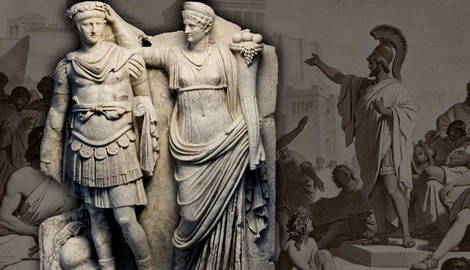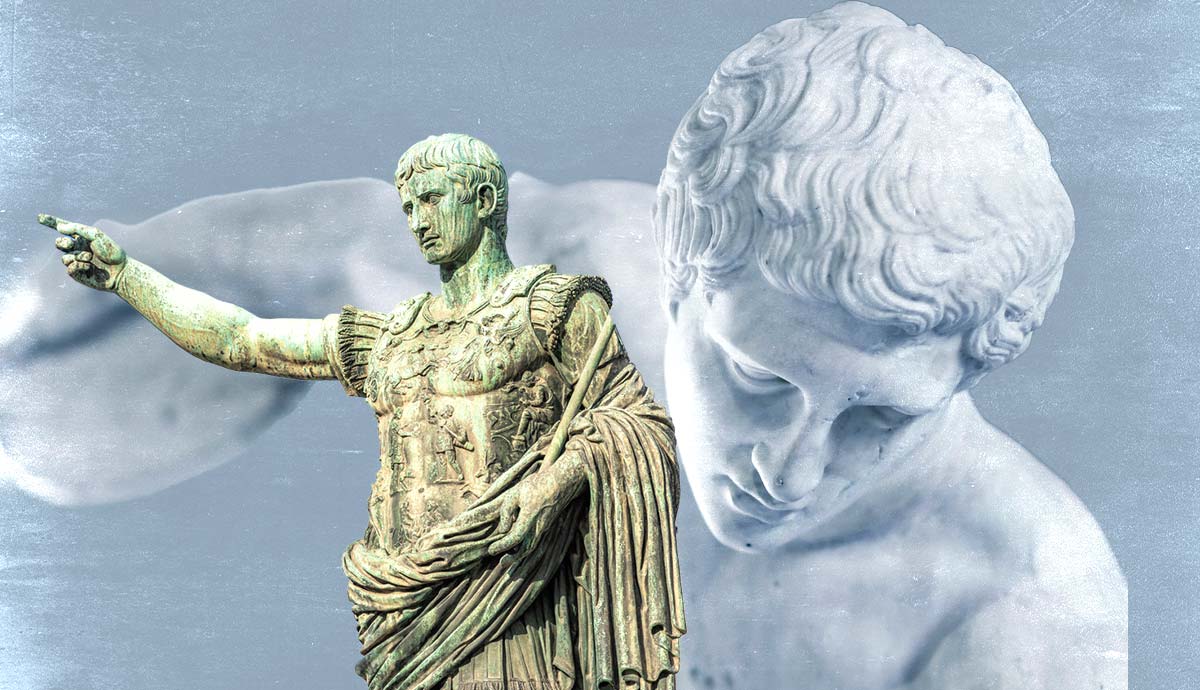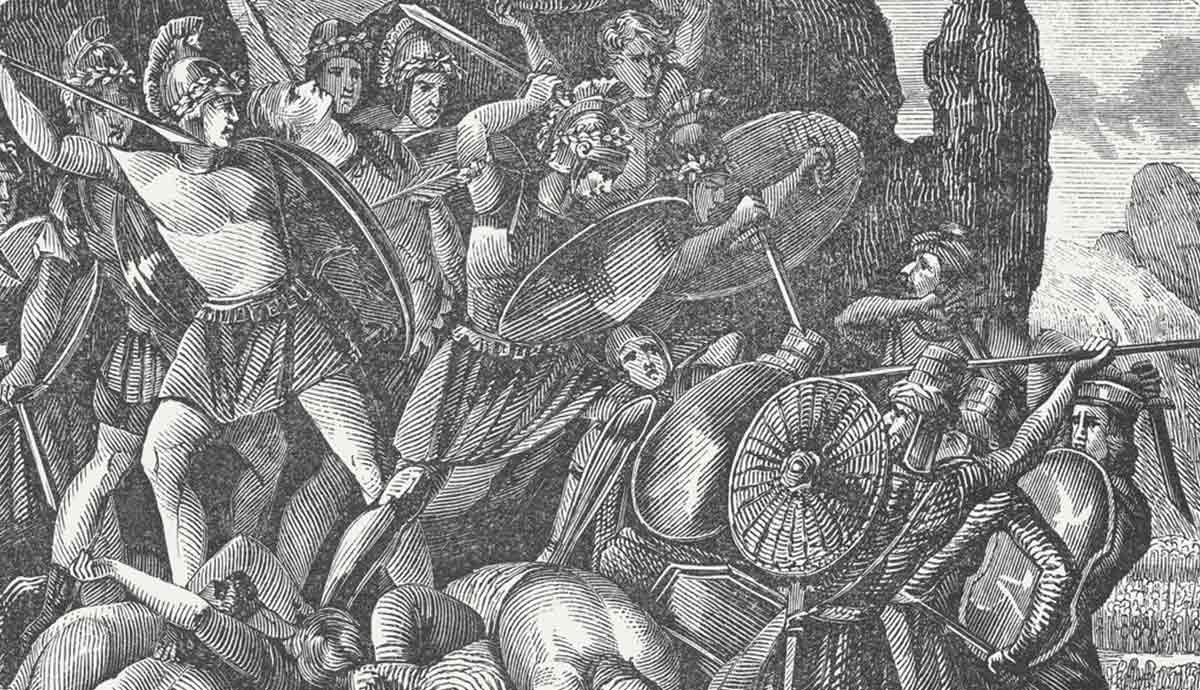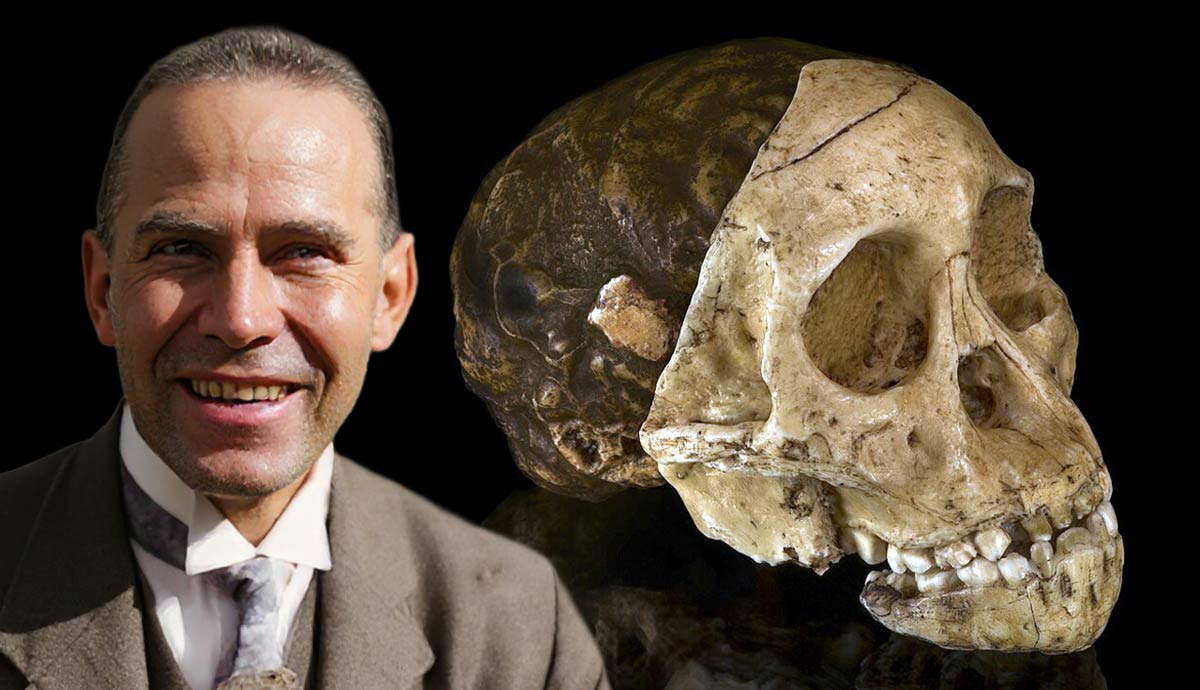
Propaganda is a modern term that denotes the use of information or ideas to persuade or advance an objective, usually by manipulating questionable facts. However, while some of the most memorable usages of propaganda may be the colorful ‘We want you!’ posters employed during World War II, the careful, skillful handling and dispensation of information to sway, influence, and outright lie has been employed for thousands of years. Below are some masterful examples of how propaganda was used in the ancient world, from works of literature to art and sculpture.
1. Res Gestae Divi Augusti: Emperor Augustus and Propaganda in the Ancient World

Nothing is more impactful than an autobiography in the form of a monumental inscription, and the first Roman emperor, Augustus, understood this. Res Gestae Divi Augustus literally means ‘the achievements of the deified Augustus.’ So, not only was Augustus the first emperor, in all but name, but in a single phrase, he also claimed to be a god-like figure for the ancient world. This carefully composed body of work listed the 35 achievements of his life in first person and constituted a layered piece of commanding propaganda.
Augustus, formerly Octavian, was a charismatic leader who began his political career as a young man. At only 18, he became the adopted heir of Julius Caesar. Age did not stop him, and he fought his way both politically and militarily to the apex of Roman society.
Along the way, he became well-versed in the manipulation of information to control the populus (people) and the Senate. A classic example was his handling of Marcus Aemilius Lepidus and Marc Antony — his co-leaders during the Second Triumvirate. Despite his youth, he outmaneuvered Lepidus and Antony to become the leader of the Western provinces, a position that saw him within marching distance of Rome. Lepidus was relegated to control Africa and Antony the Eastern Mediterranean.
Octavian was able to strip Lepidus of power by getting his armies to defect to him, and he swayed the pro-Antony Senate of Rome by obtaining Antony’s ‘supposed’ will that disclosed his foreign-born children as heirs and displayed further disloyalty to Rome by requesting burial at Alexandria with Cleopatra. Augustus’ articulate political skills polished over a lifetime of practice were liberally displayed within his Res Gestae.

Translations of segments of the Res Gestae below, illustrate some of Augustus’ life achievements.
“To the Roman plebs [plebeians, free Roman citizens who were not patrician] I paid out three hundred sesterces per man in accordance with the will of my father…
To the municipal towns I paid money for the lands which I assigned to soldiers… paid for lands in the provinces was about two hundred and sixty million. I was the first and only one to do this…
I freed the sea from pirates… The whole of Italy voluntarily took oath of allegiance to me and demanded me as its leader in the war in which I was victorious at Actium.”Res Gestae Divi Augusti, 15,16 & 25

These claims clearly show that Augustus took personal pride in and responsibility for his successes. At the same time, he claimed that he brought peace and that he succeeded in expanding Rome’s borders. The work is a fascinating insight into Augustus’ personality and is valued by historians as it was also a revered piece of work in the ancient world.
Not only was the Res Gestae carved into bronze and displayed in Augustus’ mausoleum, but it was also copied and distributed across the Roman Empire, notably on the Ara Pacis. It was even translated into other languages, such as Greek. Examples of this are found in the Temple of Rome and Augustus in Ankara, Turkey.
While there are significant issues in maintaining an autobiography as the only source of truth, Augustus spread this type of powerful propaganda through the use of his monopoly on the Roman people of the ancient world. The Res Gestae is, therefore, an incredibly successful culmination of control and dissemination of one’s personal version of the truth.
2. Pericles’ Funeral Oration: Persuasive Propaganda from the Ancient World

Pericles was a leader of Athens during the 5th Century BCE — the city-state’s ‘Golden Age’. This was a time of invention, philosophy, art, maths, and science. It was also a time of war, political upheaval, and petty squabbles between the city-states of ancient Greece. One such feud was the Peloponnesian War between the city-states of Athens and Sparta; two of the most powerful but disparate leaders of opposing leagues; Sparta of the Peloponnesian League and Athens of the Delian League.
During these tumultuous times, Pericles, in 431 BCE, would give arguably one of the finest speeches of the ancient world, recorded and rewritten by the historian Thucydides.
Ostensibly a commemoration of the fallen Athenian warriors since the start of the first phase of the Peloponnesian War, the speech was a powerful piece of rhetoric proclaiming the superiority of the Athenian citizen. The funeral oration stirred the loyalty of the citizens to continue supporting the Peloponnesian War. It also gave an insight into the ideals and culture of 5th-century Athens and its system of democracy. However, it was the choice of Pericles as the speaker at the public funeral that made this a truly inspiring piece of propaganda.

Pericles’ oration was a persuasive masterpiece that emotionally connected the deaths of Athens citizens to the superiority of its people and the continuation of a war that pushed Athens’ political agenda. It began with a link to the ancestors of Athens and moved on to the uniqueness of its political state.
“Let me say that our system of government does not copy the institutions of our neighbors…Our constitution is called a democracy because power is in the hands not of a minority but of the whole people”
(Thucydides, History of the Peloponnesian War, 2.34-46).
It focused on the freedoms of its people and the strengths of its military, showcasing the differences with their ‘antagonists’. The speech claimed that the men who died did so with honor while resisting, rather than living upon submission while simultaneously calling on the survivors to be true Athenians and follow their example.
3. Ramesseum: When Ramesses II Claimed to Be the Greatest Military King

Art has always been a means to communicate ideas, but it is especially useful when much of the populace is illiterate. The Ramesseum, the mortuary temple created by Egyptian king Ramesses II is an example of art as propaganda and how it can be used to change history. As a New Kingdom pharaoh, Ramesses II was known for his building works, military achievements, and the longevity of his reign. Perhaps his best-known military engagement was the Battle of Kadesh.

It is recorded that Ramesses II took 20,000 men into Kadesh, modern-day Syria, to reclaim the city from the Hittites. Military campaigns, like monument building, were often a familiar way in which pharaohs displayed their power. According to the walls of his temple, Ramesses was successful, dominating over his enemies and returning with slaves and plunder. However, this was not the reality.
What Was the Reality?

The massive art piece that tells the story of Ramesses II’s victory over the Hittites is understandably one of exaggeration. In truth, Ramesses returned home without reclaiming the city. He did, however, return with the earliest known parity peace- treaty ratified by the Hittite king Hattusilis. This was essentially an agreement that Ramesses would no longer attack the Hittites for Kadesh and that both parties would show non-aggression and come to the other’s aid if asked.
This peace treaty presented a problem for Ramesses. The war was expensive, and he had failed to acquire the city-state and reclaim the territory. He now had to adjust the truth so as not to appear to have failed in such a costly endeavor or, worse appear weak to his people. Therefore, upon his return to Luxor, Ramesses commissioned artists to take the original Akkadian version of the treaty and alter it so that when displayed on the walls of his mortuary temple, it showed his overwhelming victory. At this, he succeeded. His people would remember his great victory through the generations. It would not be until modern-day archaeological excavations that a truer version of the events would be revealed.
4. Sebasteion: Agrippina Crowning Nero

Nero is remembered as one of the most notorious Roman emperors; a madman and a murderer. However, there is much propaganda surrounding Nero’s name, and the emperor was not really the ‘Antichrist’ figure that ancient authors villainized. His mother, Julia Agrippina or Agrippina the Younger, is also portrayed poorly, especially by the ancient historians Tacitus and Cassius Dio. Considering how poorly they were depicted in these historical texts, it may seem surprising that they were behind some of the most sophisticated and subtle artistic works of the ancient world.
This is perhaps exemplified in the Sebasteion relief, found in the city of Aphrodisias, modern-day Turkey, which displays Agrippina crowning her youthful son, an honor that was not that of an ancient Roman woman. The layers of subtlety and symbolism within this piece make it apparent why it is an impressive piece of sculptural propaganda.

Agrippina was one of the most influential women in ancient Rome. Without holding political office, she was able to influence governmental decisions. She was even able to sit in the Senate, albeit behind a curtain. Agrippina enjoyed an uncommon amount of power, considering that she was a woman in a largely patriarchal society. A sister of an emperor, a niece and later wife of another, and eventually mother to Emperor Nero, Agrippina was not naïve to the avenues of power. Certainly, as a member of the Julio-Claudian dynasty, she would have seen imperial propaganda confidently wielded.
According to Tacitus (Annals, 13.5.3), Agrippina was an ambitious, audacious woman, at times disgraceful in her actions. However, evidence from texts and a plentiful amount of sculpture show that she was also politically attuned to the use of propaganda to further her own agenda, namely the security of her own influence and the assurance that her son and not Claudius’ son — Britannicus — would succeed the throne. At the age of 16, Nero successfully succeeded Claudius, and Agrippina’s political position was secured.
Deconstructing the Sculpture

The relief of Agrippina crowning Nero was commissioned between 54 CE and her murder in 59 CE. It illustrates Agrippina’s influence or even control on Nero. She is displayed placing the laurel wreath crown on her son’s head while carrying the cornucopia of fortune and plenty (Goddess Fortuna). While the young Emperor is dressed as a general, the dominant person is Agrippina. Her size and actions show her precedence and preeminent position, which may foreshadow the reason why Nero allegedly had her assassinated in the coming years, although there are multiple factors to consider here.
5. Stele of Hammurabi: Propaganda as Law in the Ancient World

One of the earliest examples of propaganda in action is the Stele of Hammurabi. Commissioned by Hammurabi — the 6th king of Babylon — in ca. 1792- 1750 BCE, the stele is both art and a code of laws and punishments set down by Hammurabi, who had received them directly from the god of justice, Shamash. Interestingly the god is giving him a staff and a ring, which symbolize the Sumerian god’s approval of his rule. The 2-meter-tall stele is inscribed in Akkadian, which allowed most literate people of the time to read it.

The list of laws was extensive. There were 281 of them, and they were strict by today’s standards. The idiom ‘eye for an eye’ comes from these laws. But what is most significant is that Hammurabi was of Babylon, and though he showed respect to the Sumerian gods, he was essentially a conqueror of the Sumerian descendent states. He was, however, clever and a good administrator who used the Sumerian religion to reinforce his rule. Putting these religious aspects into artworks connected to his code of law merely helped cement the legitimacy of his reign every time someone saw the publicly displayed stele.
While this is only a taste of ancient world propaganda at its finest, there are certainly more worth investigating. However, it certainly proves that propaganda is not a modern-age invention but a tool that has been employed by diverse societies for thousands of years.










